Specifications
| Discharge Performance Item | Test Conditions | Performance Parameters |
|---|---|---|
| Internal Battery Rated Discharge Energy | CC 0.2C | ≥2000Wh |
| 1.5V Rated Discharge Capacity | CC 0.2C | ≥1000mAh |
| Rated Discharge Voltage | VLIB>3.3V, Iout=0.2A, TB<55℃ | 1.5±0.05V |
| Rated Regulated Discharge Current | 5-hour rate discharge with rated energy | 200mA |
| Charging Performance Item | Test Conditions | Performance Parameters |
| Rated Charging Input Voltage | Ta≤35℃, TB≤40℃ | DC5.0V±0.3V |
| Charging Mode Start Voltage | VLIB≤4V, TB≤40℃ | DC4.0V±0.2V |
| Charging Protection Lock Voltage | Vin>6V | DC6.5V±0.5V |
| Maximum Charging Current | Vin=5V, TB≤40℃ | ≤600mA |
Features
- 5V Regulated Discharge: Provides a stable 1.5V output voltage to meet the power requirements of various electronic devices. Additionally, it offers low-battery warning and performs regulated discharge when the battery level drops to 1.1V, extending the battery lifespan.
- Standard Size: The battery’s external electrode and structural dimensions comply with the GB/T 8897.2 (IEC 60086-2) standard, making it compatible with common R6 (China standard size 5, US standard size AA) batteries. This means they can directly replace existing batteries without modifying the device.
- Parallel and Series Protection: Supports the parallel and series use of new and old batteries and features reverse charging protection to ensure mutual protection among batteries in the battery pack.
- Over-discharge and Thermal Protection: Equipped with over-discharge protection, forced discharge protection, discharge overload protection, and discharge overheat protection to ensure safe battery usage in various scenarios.
- Charging Functionality: Supports a rated charging voltage of DC5V and has a built-in LED indicator for charging status. The complete charging time is less than 2 hours to meet the demand for fast charging, and it also supports emergency charging.
Key Material Advantages
| Material Names | Features | Advantages |
|---|---|---|
| Lithium Battery Protection Chip | Independently developed lithium-to-dry chip, built-in complete charge-discharge control and protection, stable voltage discharge, low static power consumption of 6μA (typical) | amiliarity with the chip parameters allows for better utilization of product performance through self-designed PCB. It is widely applied by major renowned brands |
Hardware Architecture
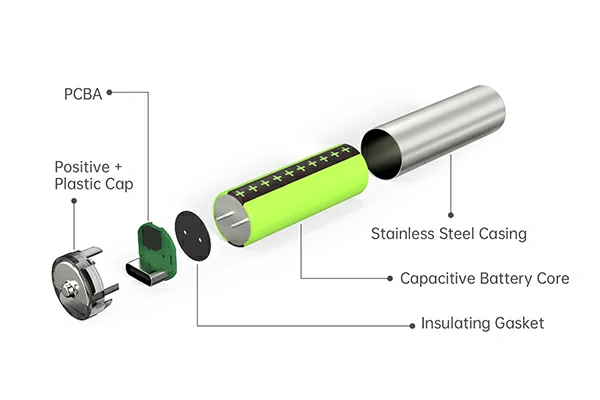
Frequently Asked Questions
- Do cylindrical lithium battery cells require visual inspection?
Yes, visual inspection is crucial for cylindrical lithium battery cells as the external appearance reflects the battery’s safety and performance. Our visual inspection typically includes checking the casing condition, connections, labels and markings, external insulation, leakage, and external cleanliness.
- Can cylindrical lithium batteries be charged with a power bank?
Yes, in addition to charging with a power bank, our lithium batteries support various charging methods such as chargers, laptops, and car chargers.
- What causes capacity degradation in cylindrical lithium batteries?
Capacity degradation (also known as capacity fade) in cylindrical lithium batteries refers to the gradual reduction of available capacity over time. This capacity loss is a normal part of battery usage but can be influenced by various factors such as the number of charge-discharge cycles, high temperatures, overcharging and over-discharging, storage time, and usage environment. To mitigate this, it is recommended to pay attention to usage and storage conditions, follow the specifications’ guidelines, and periodically replace aging batteries to prolong their lifespan and slow down capacity decline.

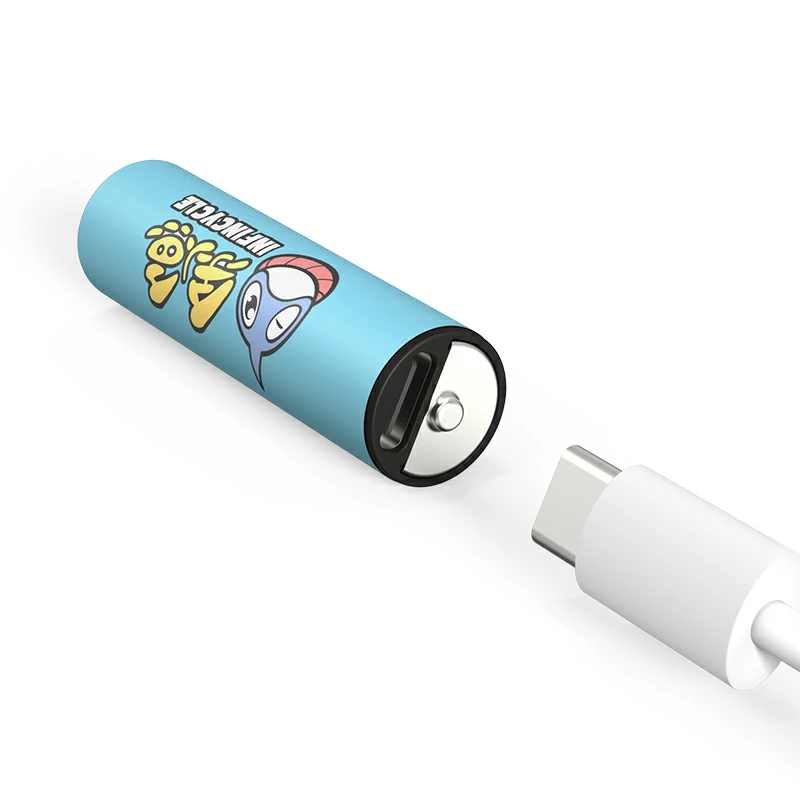
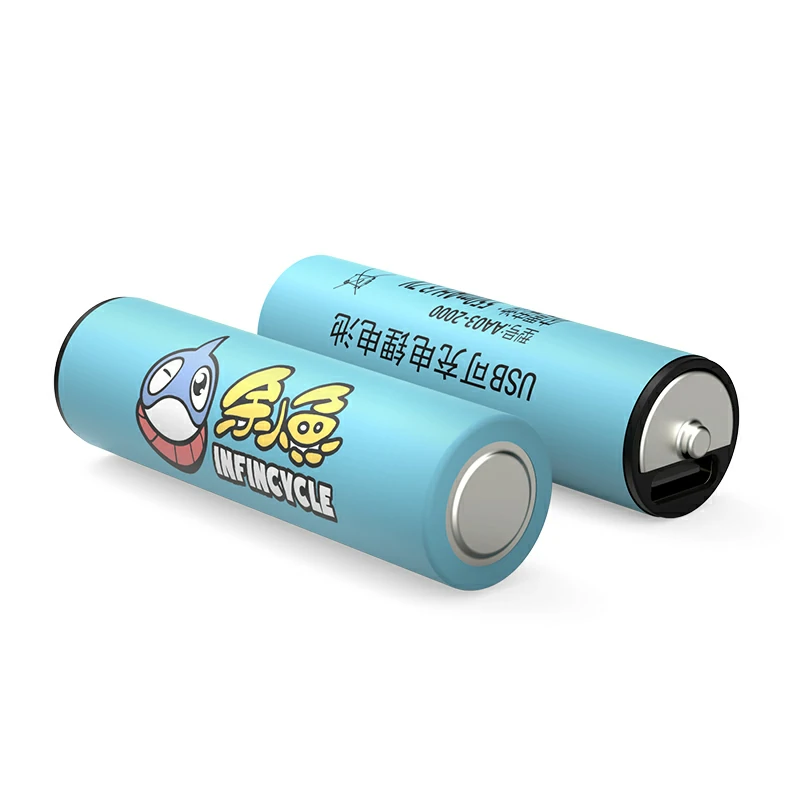
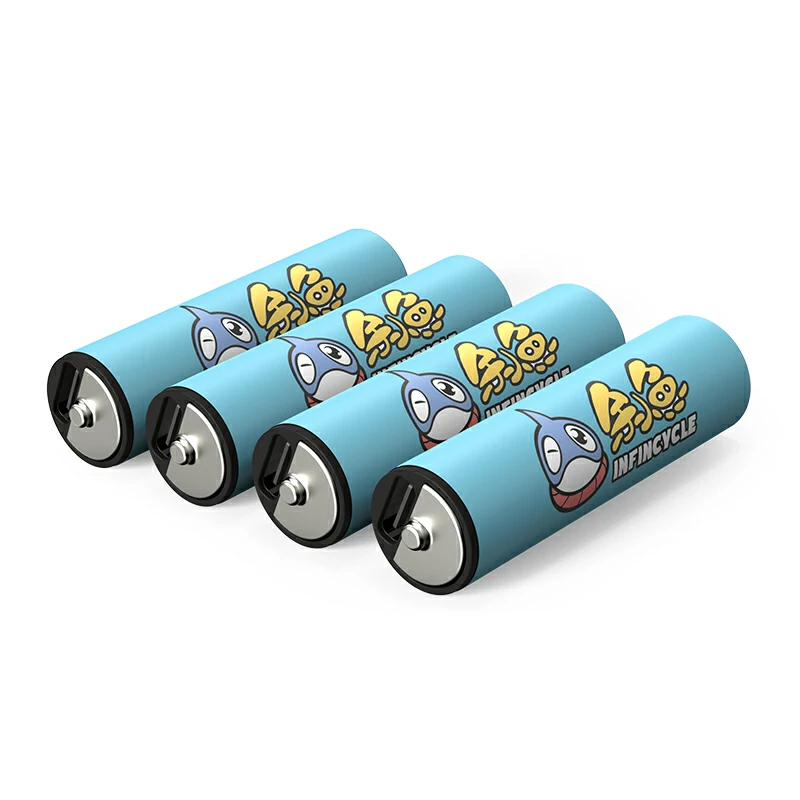
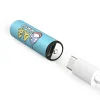


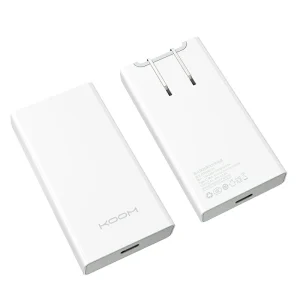
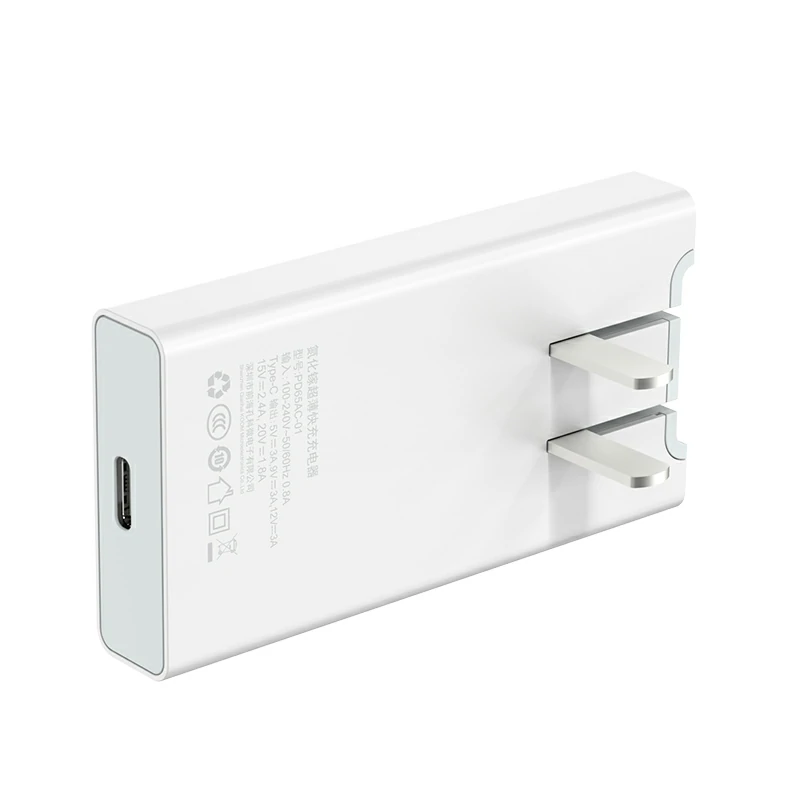
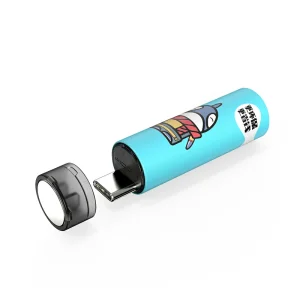
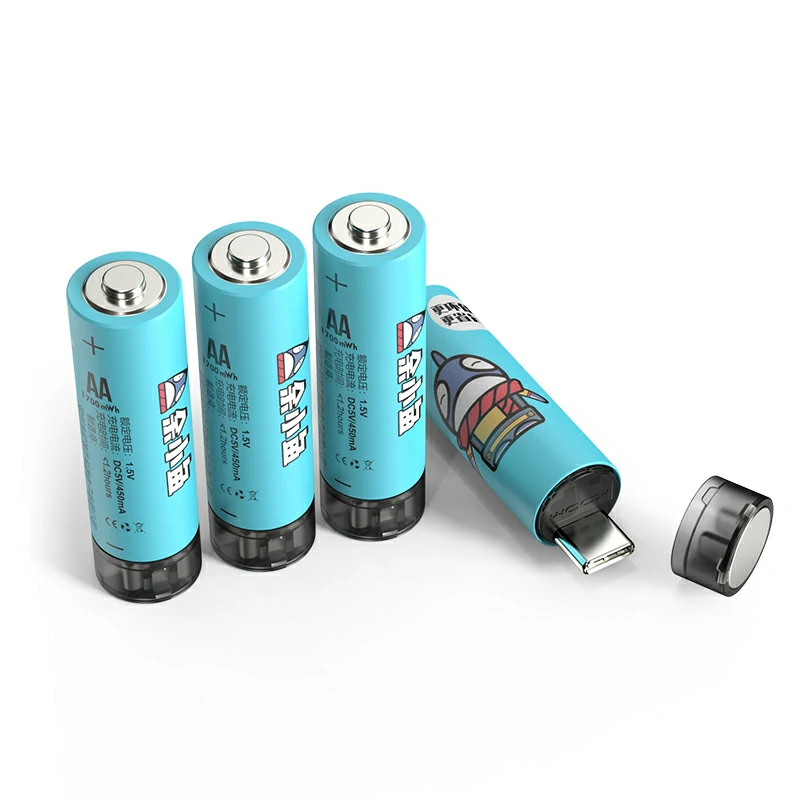
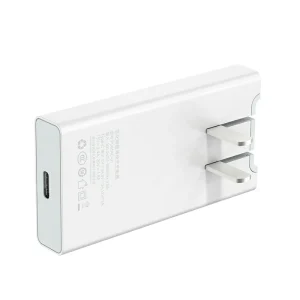
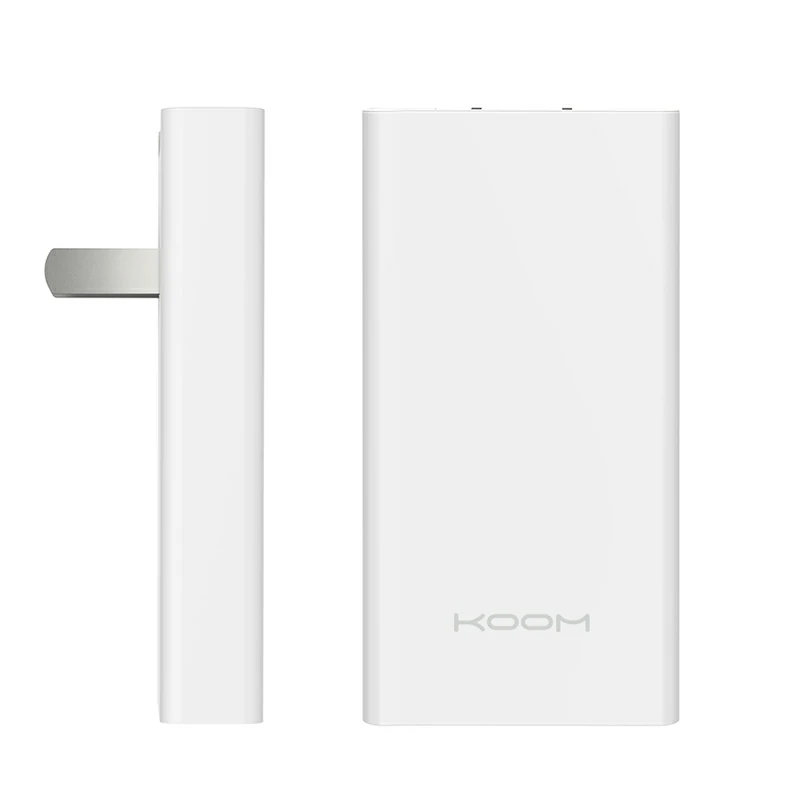
Reviews
There are no reviews yet.